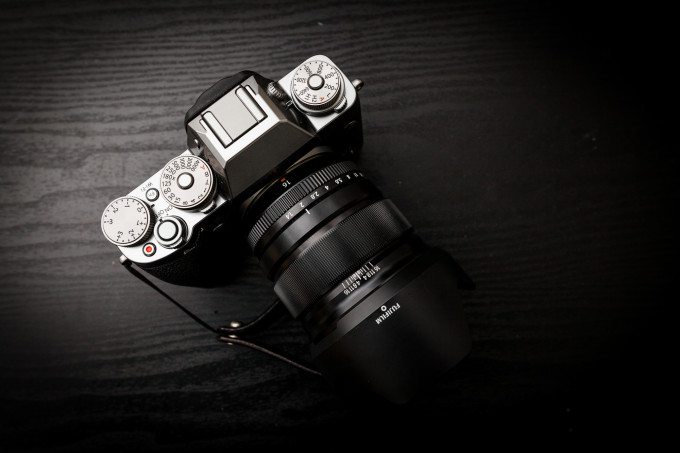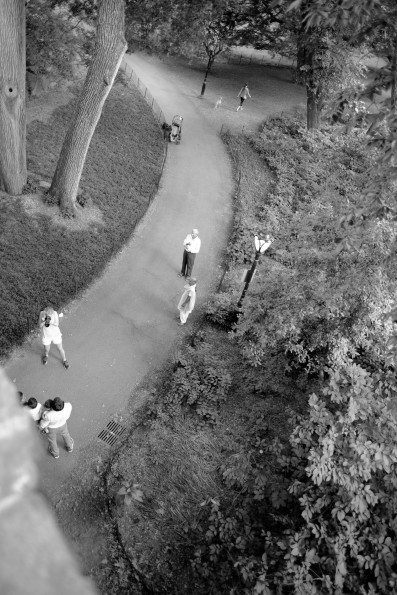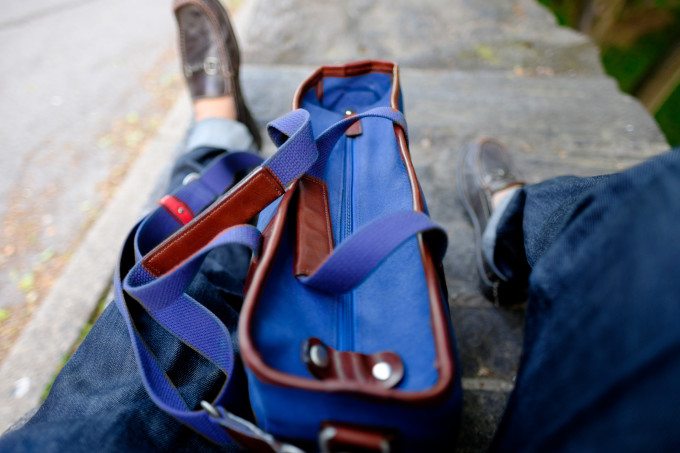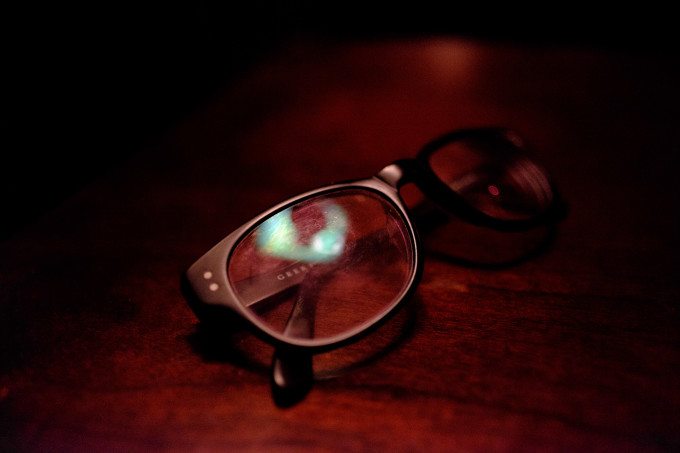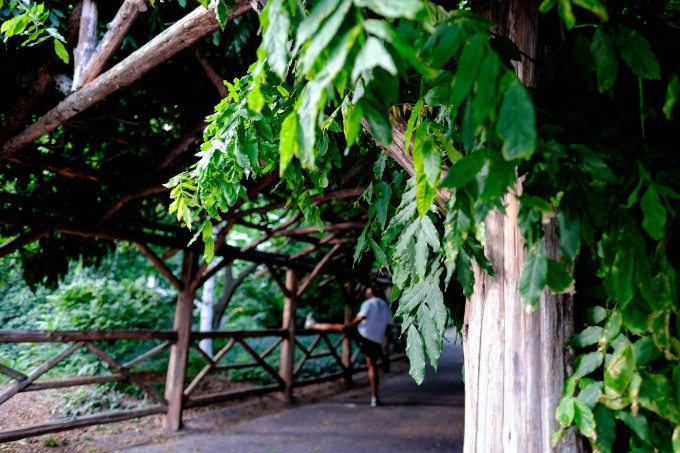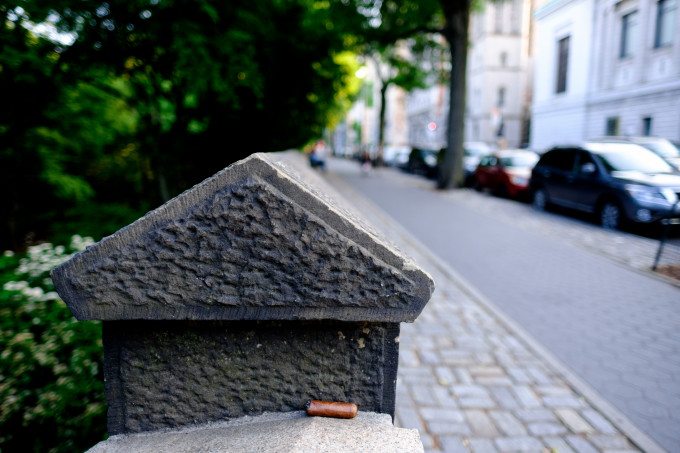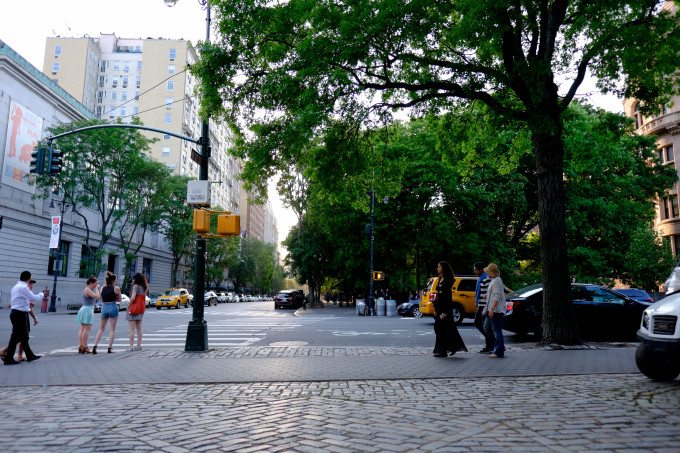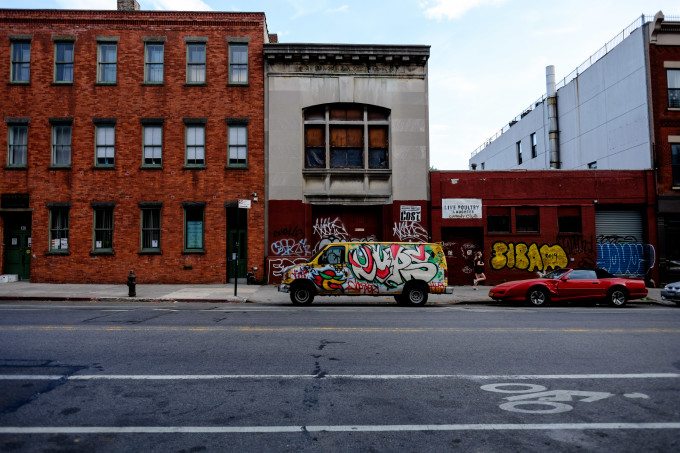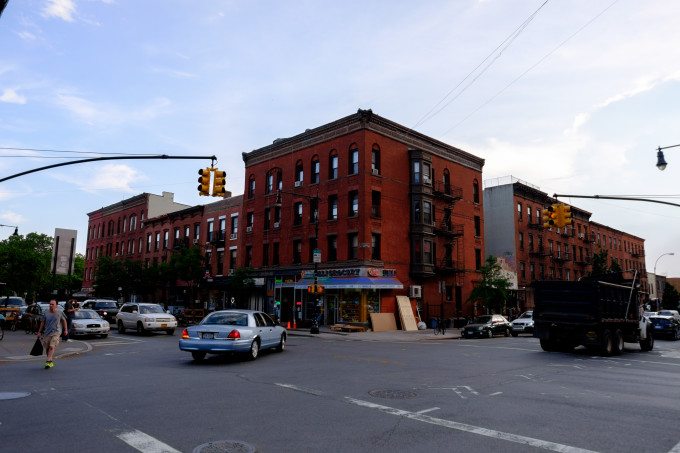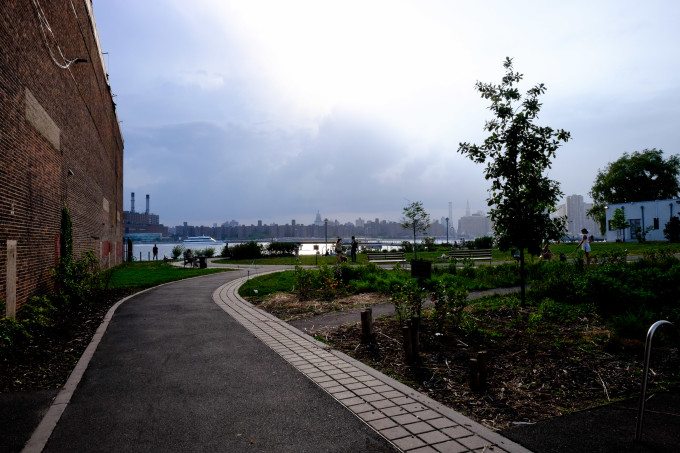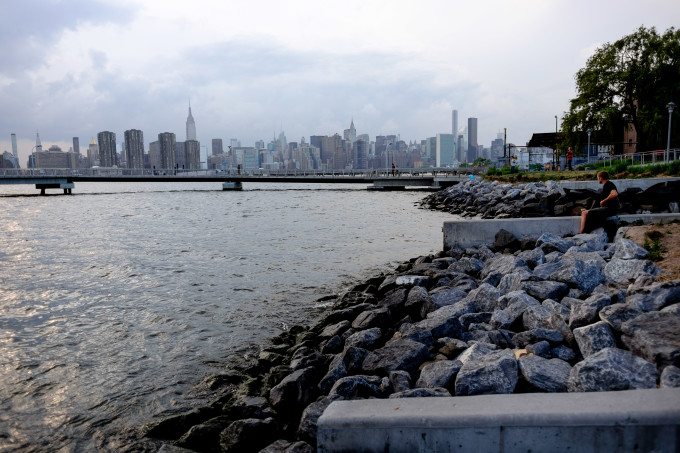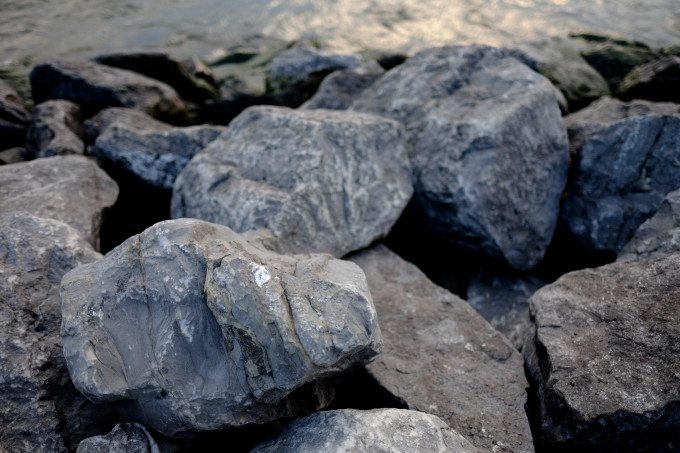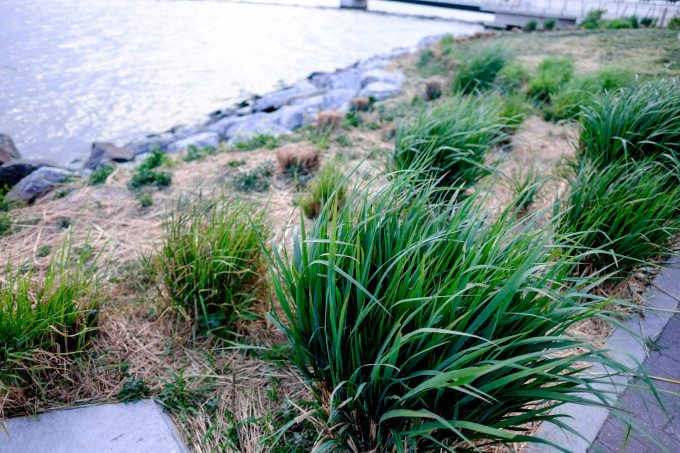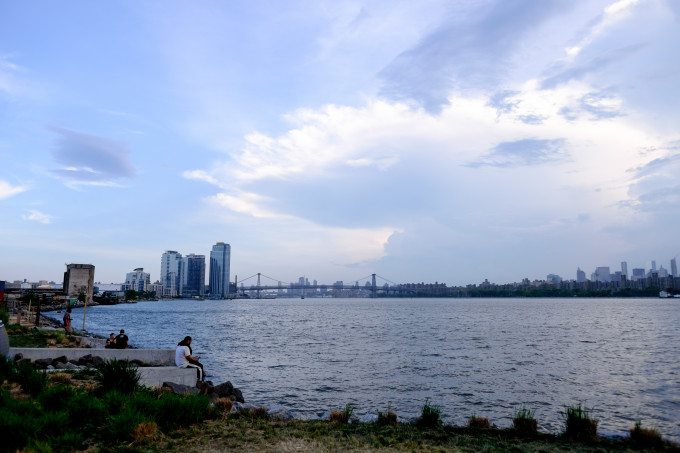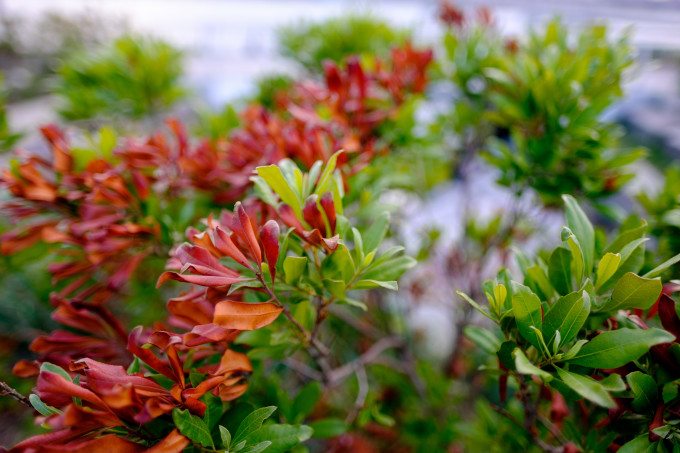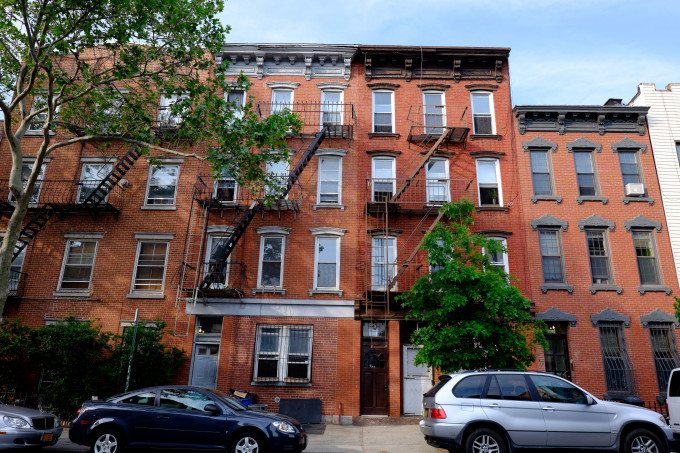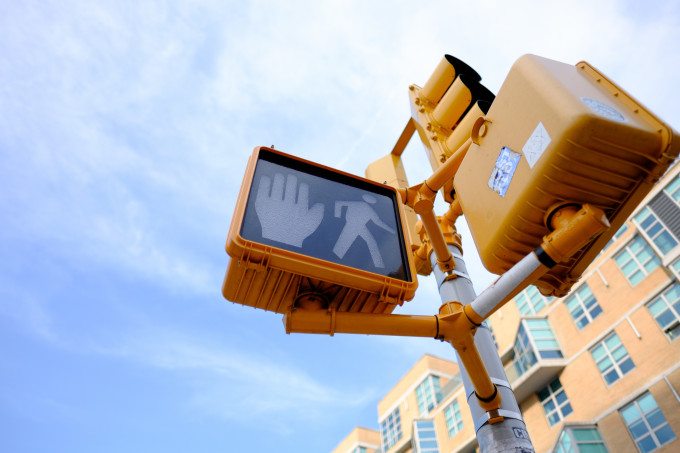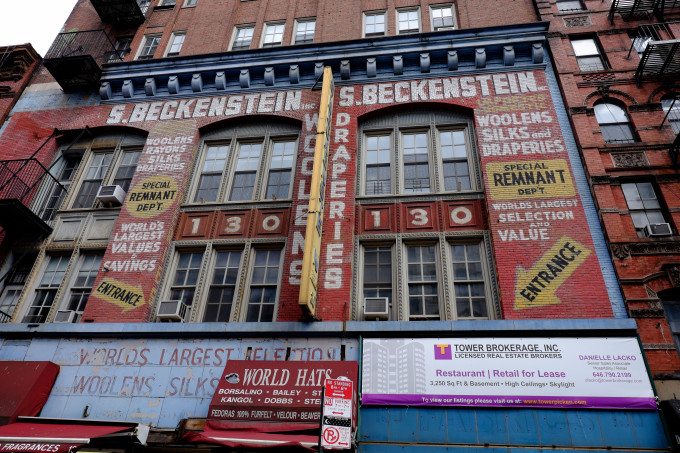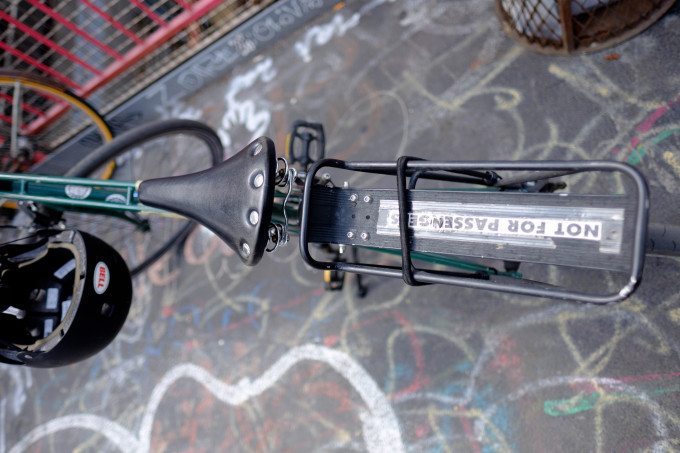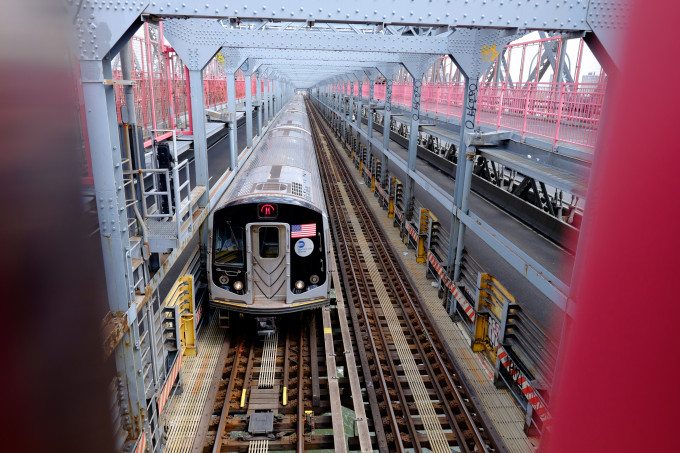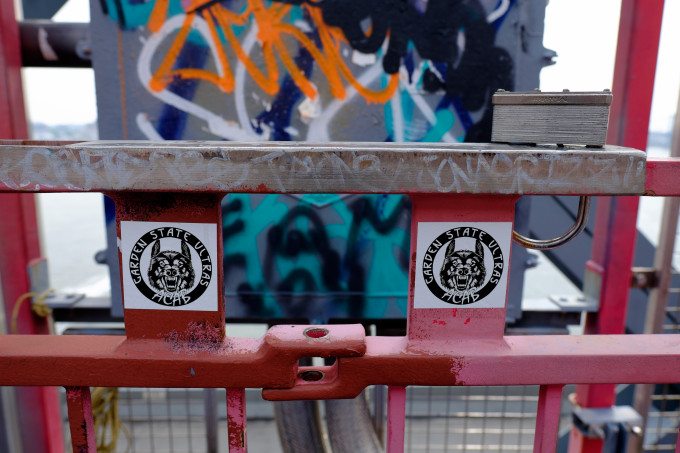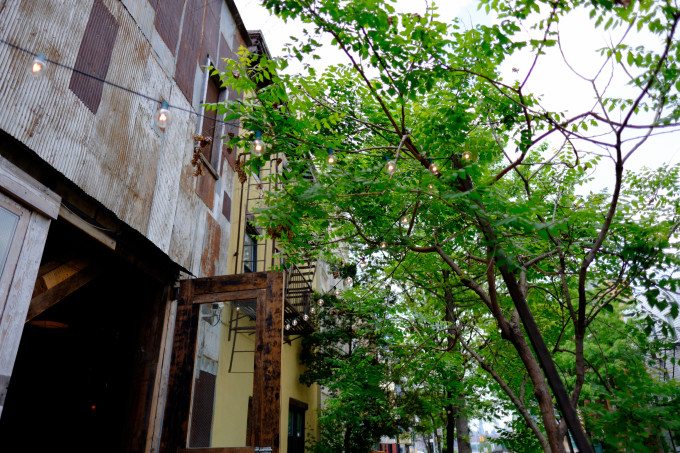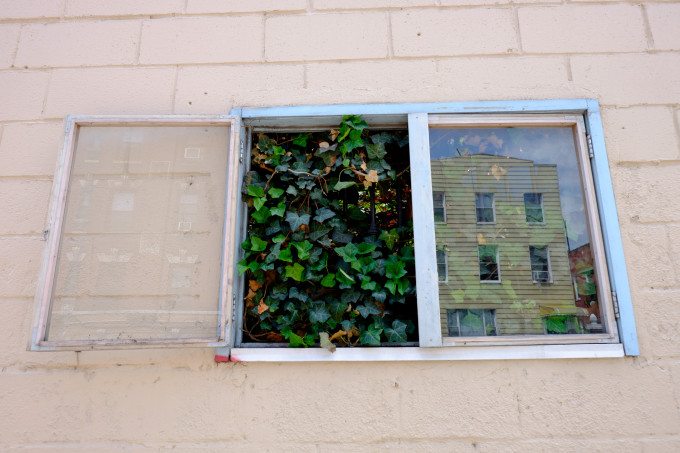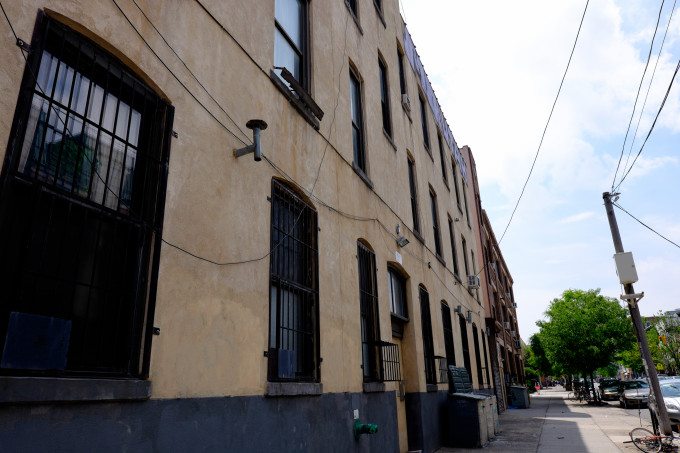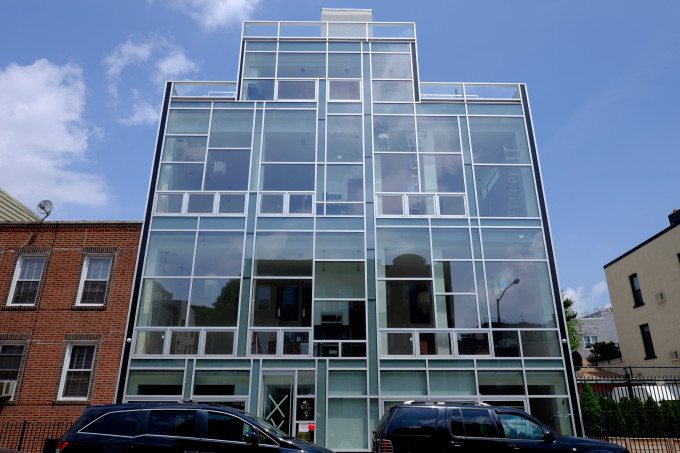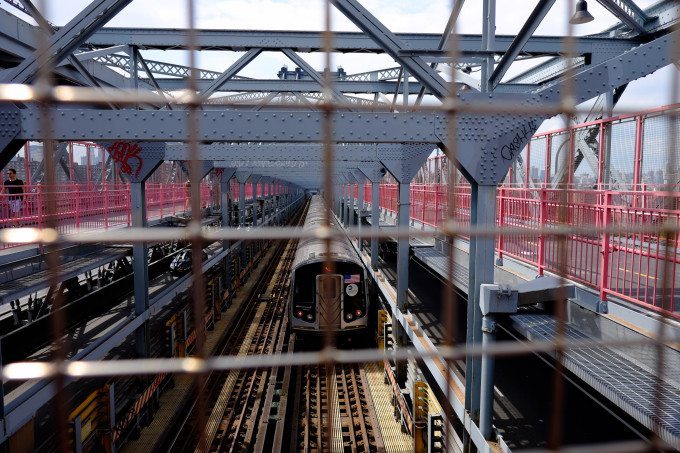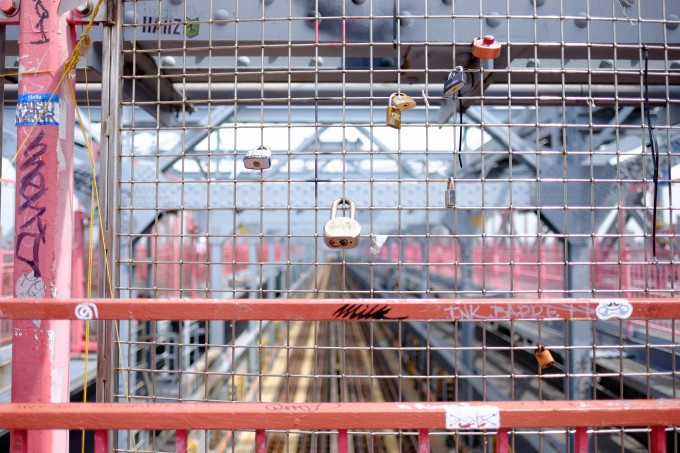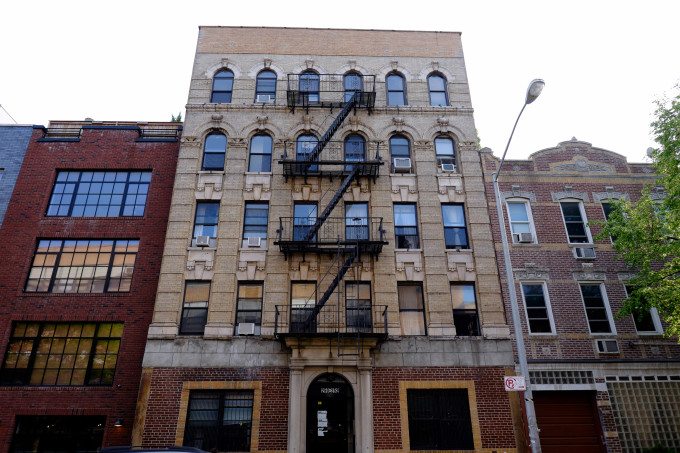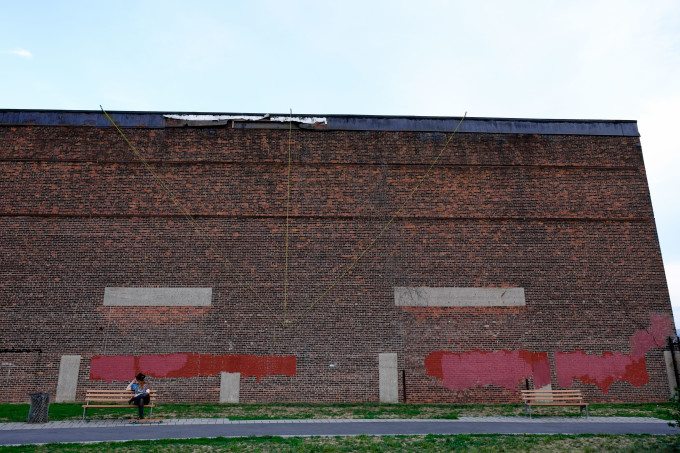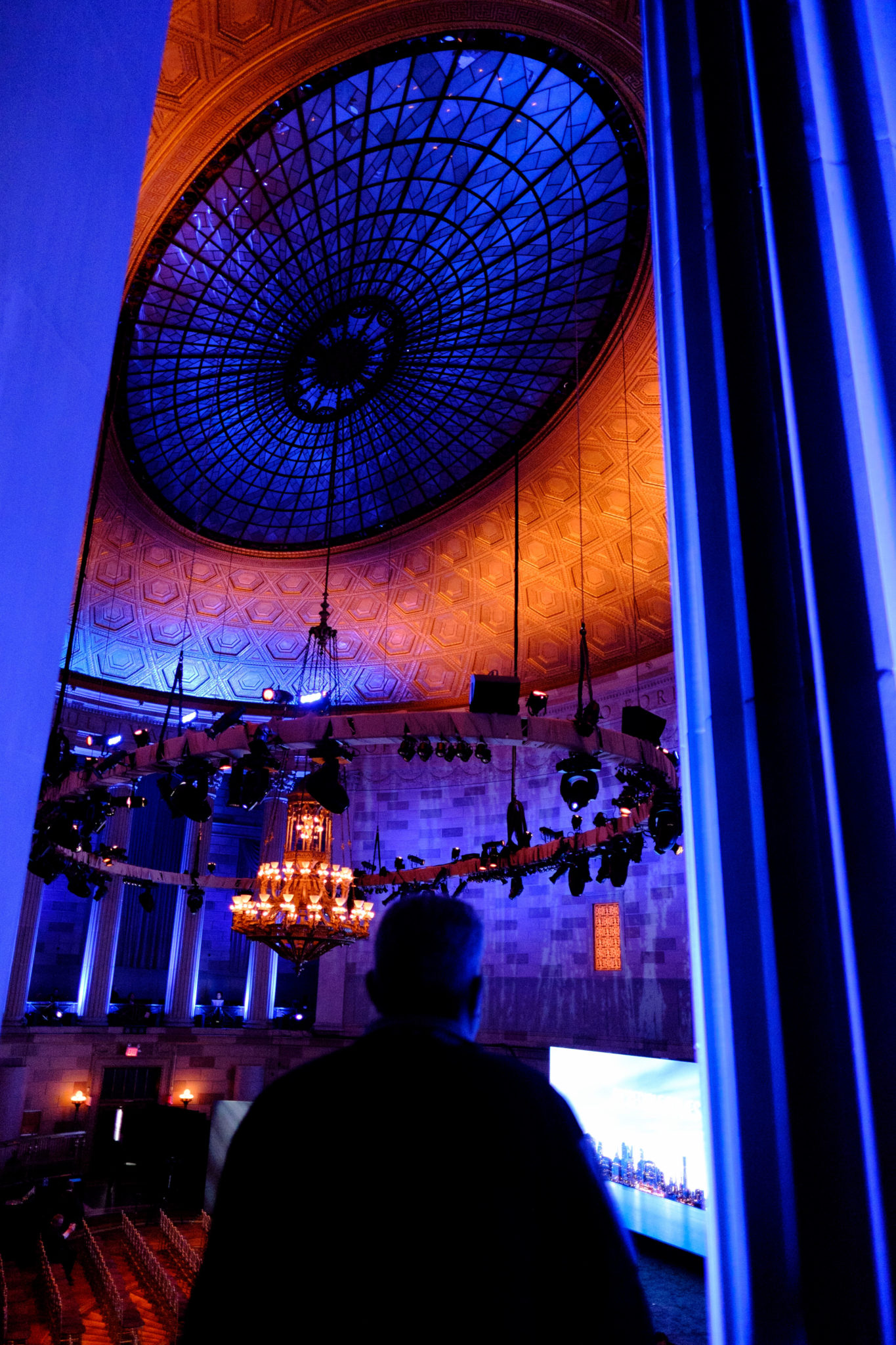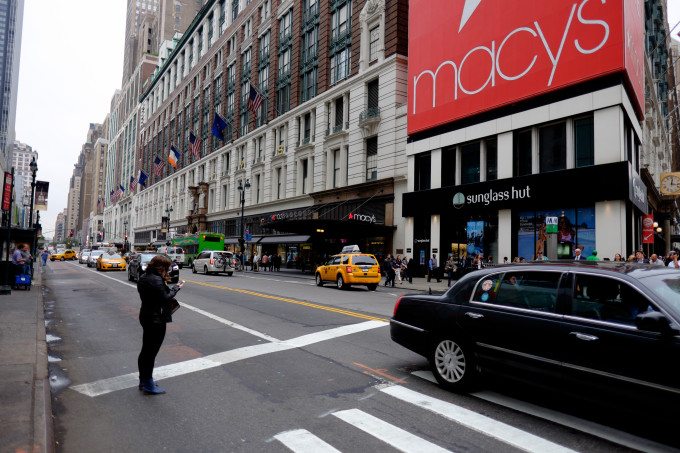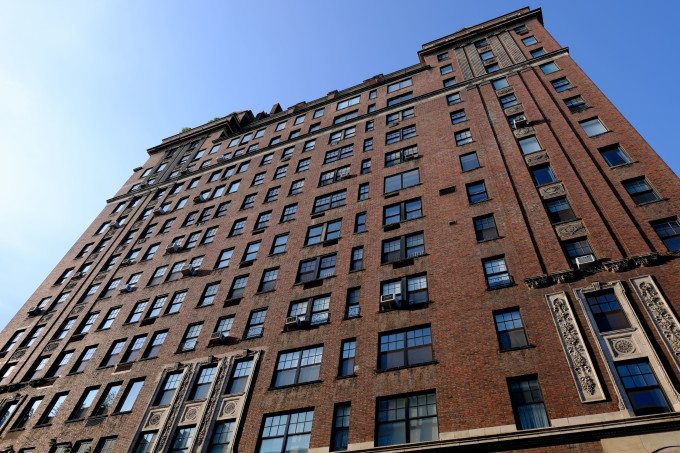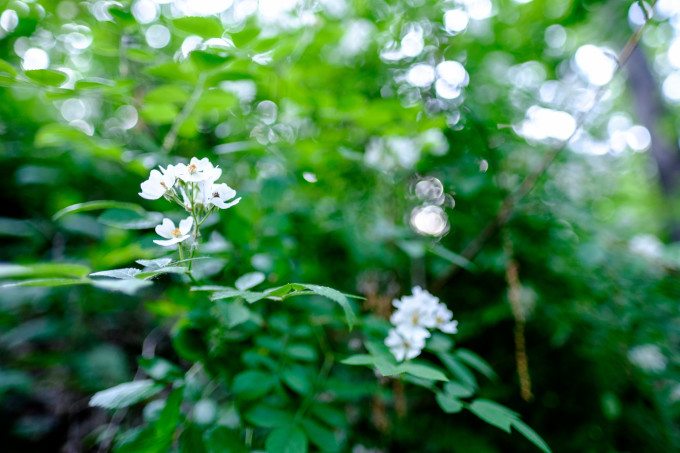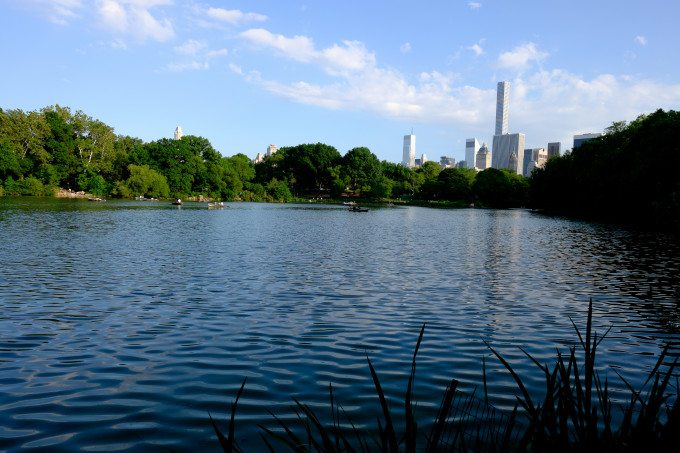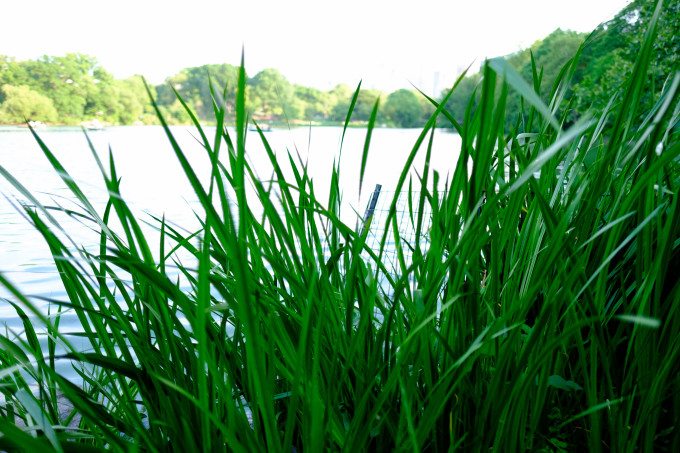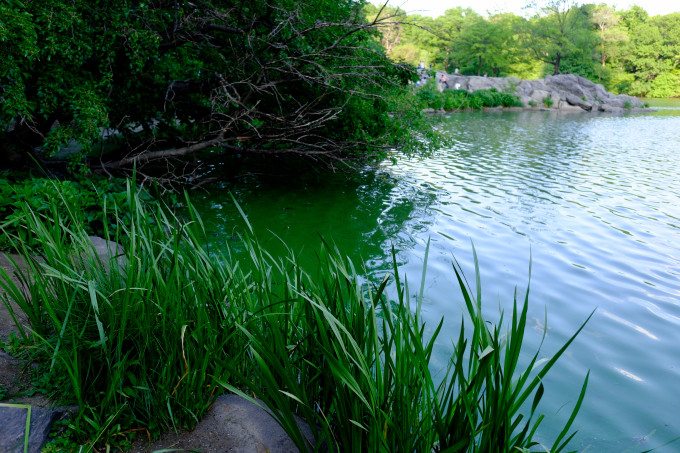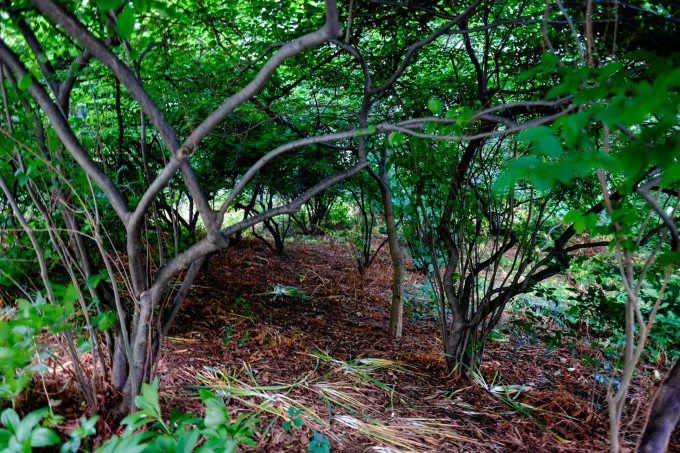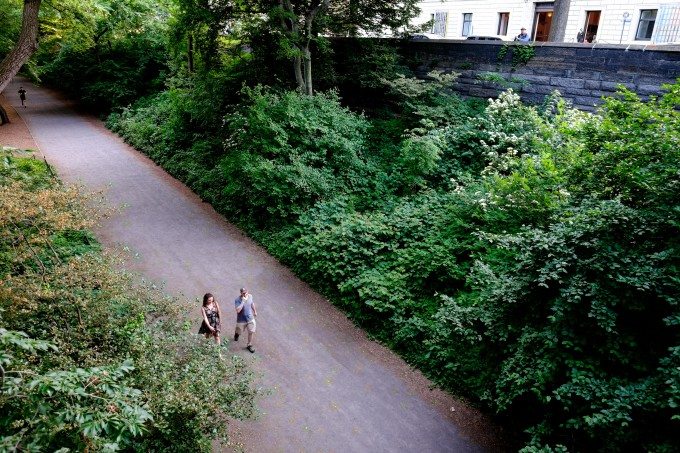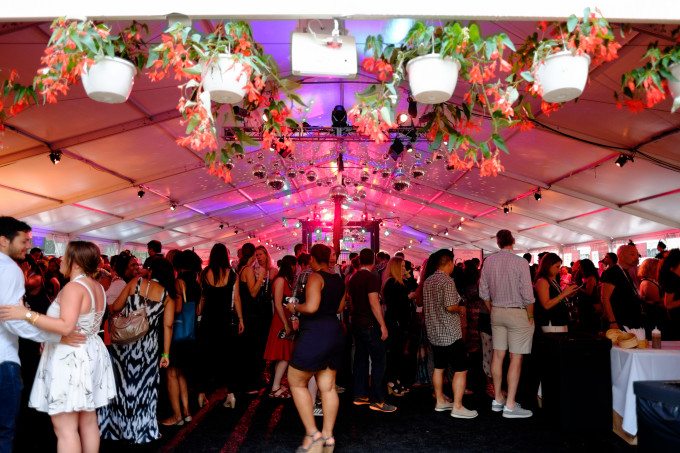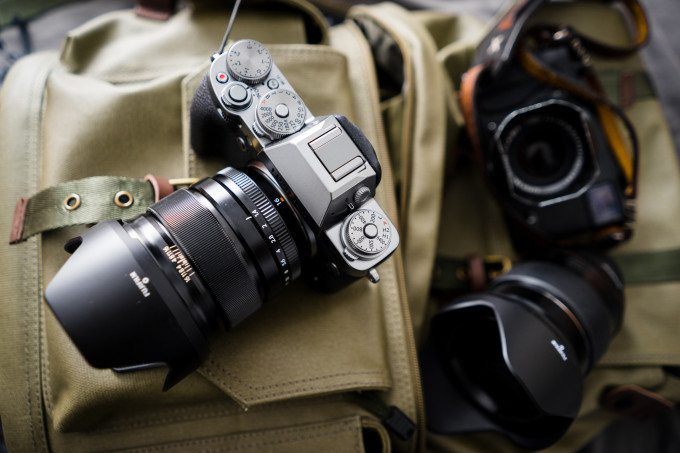The Fujifilm 16mm f1.4 is a lens that makes a lot of sense in the company’s lineup. Fujifilm’s strengths are with their primes, though their zoom lenses have started to become spectacular in the higher end category. However, very little else will appeal to the retro-smitten photographer like Fujifilm’s prime lenses–and the 16mm f1.4 is no exception. With nine aperture blades, a weather sealed body, metal exterior, a clicky aperture ring, and a depth of field scale that you can use for zone focusing, what’s not to like?
While you can surely start off by saying that it costs a heck of a lot, you can also point out to a single major flaw that we found with the image quality. But overall, that’s just about all that you can hate about this lens. Even then, it’s very easy to stay in love with it.
Pros and Cons
Pros
– Very sharp wide open
– Very sharp overall
– Excellent metal build quality
– Focusing ring allows for zone focusing
– Pretty decent bokeh for a lens of this type, despite having 9 aperture blades
– Fast focusing performance
– Weather sealed construction
– Keeps distortion down pretty well
Cons
– Depth of Field scale could have given us more focusing markers
– More purple fringing than a modern lens should have despite it easily being removed in post-production
– There are so many other things that you can do for just under $1,000.
– Autofocus is just a hair too slow for street photography.
Gear Used
We tested the Fujifilm 16mm f1.4 with the Fujifilm X-T1, Fujifilm X Pro 1, and the Adorama Flashpoint Li-Ion flash.
Tech Specs
Specs taken from the B&H Photo listing
| Features | |
|---|---|
| Autofocus | Yes |
| Physical | |
|---|---|
| Filter Thread | Front:67 mm |
| Dimensions (DxL) | Approx. 2.89 x 2.87″ (73.4 x 73 mm) |
| Weight | 13.23 oz (375 g) |
| Packaging Info | |
|---|---|
| Package Weight | 1.65 lb |
| Box Dimensions (LxWxH) | 7.0 x 6.1 x 5.4″ |
Ergonomics
Taken from our first impressions of the lens.
The Fujifilm 16mm f1.4 follows the company’s formula of retro aesthetics with a modern touch, and nowhere is that more present than with this lens. Our ergonomic tour starts with the lens’s front, which is an area for a 67mm filter if you choose to use one.
The body of the lens is characterized by two major rings: aperture and focusing. The aperture is adjustable in 1/3rd stops and can go to A mode for program or shutter priority.
For manual focusing, the lens has a focusing ring that snaps back and reveals a depth of field scale for zone focusing. It’s a wink and a nod to the old school lenses like this.
Build Quality
We took this lens and the X-T1 out into a heavy rainfall here in NYC and proud to say that the camera and lens are still working together very well. Indeed, the weather resistance moniker holds up.
But besides the fact that it can shrug off the rain, the lens feels great in the hand. The focusing ring is smooth, the aperture ring has decent clicks, and it just feels like a solid lens meant to do lots of work. For what it’s worth though, the rings are nowhere as nice-feeling as Leica’s, Voigtlander’s and Zeiss’s. The advantage that Fujifilm’s rings have over the others though has to do with the grooves that allow the rings to be easily gripped. While Leica’s focusing tabs can also be rather nice, the more conventional way to shooting is also preferred sometimes.
Ease of Use
Most folks using this lens will put it into the autofocus mode, focus that way, shoot and be happy. But this lens has design cues that target it at the more advanced shooter. For example, the full aperture ring and the depth of field scale that comes out when you pull the manual focus ring back may confuse the uninitiated. Additionally, you should always remember to set the lens to A mode when wanting to shoot in shutter priority or full program.
For what it’s worth, this will only really take some getting used to for certain DSLR users and folks who are new to photography. At the same time though, if you’re new to photographer we’re not going to tell you to buy this lens.
Leave it to the seasoned veterans.
Autofocus
The focusing speed isn’t as fast as the company’s 35mm f1.4 X lens that received many autofocus updates via firmware upgrades but that’s because of the larger elements inside that the camera needs to move. Fujifilm’s autofocus system still trails behind the Micro Four Thirds system, Sony, and Samsung–but in real life use you won’t have a major problem when it comes to focusing on things like landscapes or architecture. Where you’ll have a problem is with street photography and for that we recommend putting the lens into the manual focusing mode and using the zone focusing system.
With both the X-T1 and X Pro 1, the focusing performance is the same no matter what lighting condition you’re in.
Image Quality
The Fujifilm 16mm f1.4 is quite the excellent lens when it comes to image quality. It’s sharp, offers great color no matter what the color profile, and has very little that would make you hate it when it comes to image quality.
Let’s focus on the positives first. This lens is very sharp wide open and you only need to stop it down a very little bit to f5.6 to get the maximum sharpness due to the APS-C sized sensor–which only makes sense. This is what you’ll want to stay at for most of its use when shooting street photography to not only ensure that you get your subject in focus but also to ensure that the scene is tack sharp. Call it overcompensation, but it just makes sense at a focal length like this.
Then there’s the colors–Fujifilm’s color rendering has always been one of the company’s strong points due to how they render color to look like the films that produced. You’ll surely be content here even when it comes to skin tones.
Our big problem: color fringing. Even then we’re not going to say that it’s a giant problem overall because Adobe Lightroom can easily fix this with a slider. But for a modern lens and a company like Fujifilm, we didn’t expect this level of fringing. Admittedly, we’ve removed most of it in these images to show readers exactly what’s capable with this camera but we will show you a sample later down in the post.
Sharpness
Though it doesn’t seem like it on the back of the camera’s LCD screen, the 16mm f1.4 is incredibly sharp and can bring out lots of details in a scene that you probably didn’t even notice in real life. Wide open, the lens is very sharp and it only gets better until around f5.6. But the perfect balance between sharpness and bokeh quality is at f2. You’ll probably not want to stop the lens down beyond this.
Bokeh
Keeping in mind that this is a 16mm lens and not really a 24mm. It only makes sense that Fujifilm gave it 9 aperture blades to make the bokeh the best that they could. Because this lens is so wide, don’t expect some dreamy and very creamy bokeh unless you’re using the macro mode. But otherwise, just expect it to be a bit hazy.
Color Fringing
Straight out of camera you’ll have lots of fringing problems in the most high contrast areas of your images. For example, shooting directly into the sun will create lots of fringing problem as you can see in the trees. When we shared this image on Instagram, it seemed like the community agreed.
To be fair, this is easily removed in Adobe Lightroom as are any major distortion issues you may have. In our tests though we didn’t find anything too glaring that we couldn’t fix.
Color Rendition
When used with the camera’s Velvia mode, you’ll get incredible colors that will make you not want to put this lens down. That’s honestly all that we’d shoot it with. This lens isn’t really a portrait lens, though with the Astia film mode it can render skin tones very well.
Extra Image Samples
Conclusions
Likes
– Great build quality
– Sharp image quality
– Smooth focusing ring isn’t too smooth which lets you manually focus the lens faster when shooting street photos.
Dislikes
– The price
– Want more focusing markers on the lens.
Fujifilm’s 16mm f1.4 is a great lens, but we’re not quite sure that it’s worth $1,000. This lens has weather sealing, sharp image quality, the best bokeh they could possibly give it, and a metal exterior that makes it tough. But it also will give users more fringing issues than we’d like, fairly slow focusing performance, and will most of all set you back $1,000. There is very little around that can even come close to what it offers, so in many ways that can help you justify the price.
Still though, Fujifilm has better primes in their lineup despite this being the sharpest wide angle lens that we’ve tested for the system.
We give the Fujifilm 16mm f1.4 R WR lens four out of five stars. Want one? Check out B&H Photo or Amazon for current pricing.
Recommended Cameras and Accessories
Fujifilm X-T1: Fujifilm’s flagship camera is weather sealed, just like this lens. It will also give the fastest autofocus performance with this lens.
Fujifilm X-Pro1: Though the focusing will be a bit slow, the X Pro 1 will still deliver some of the best images with this lens at least in our eyes.


